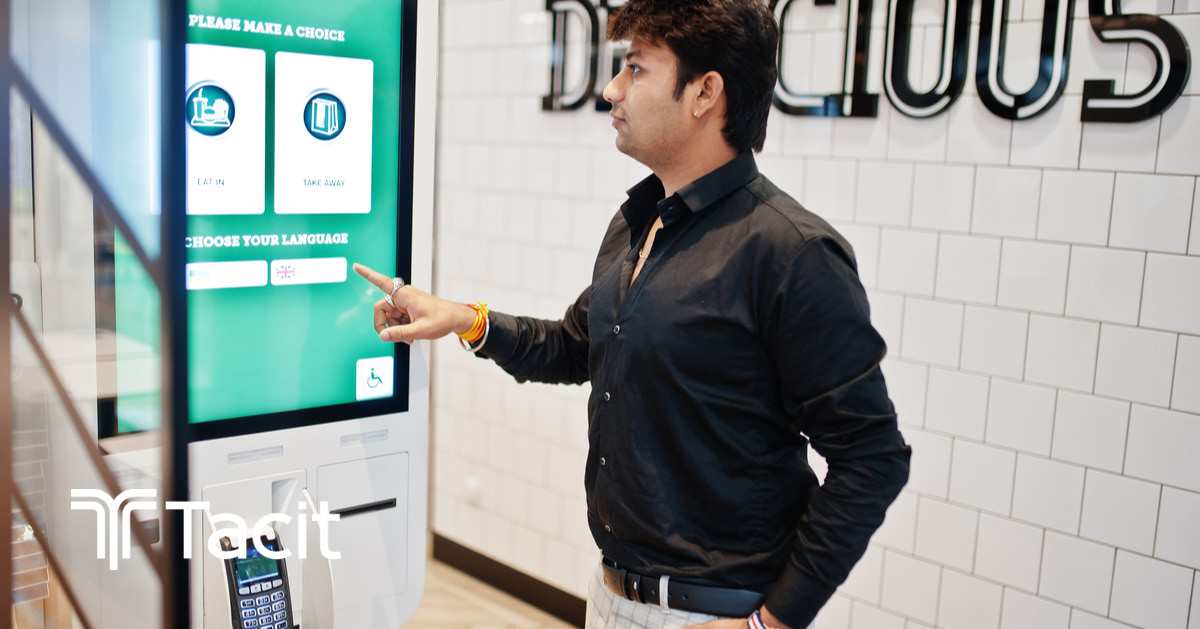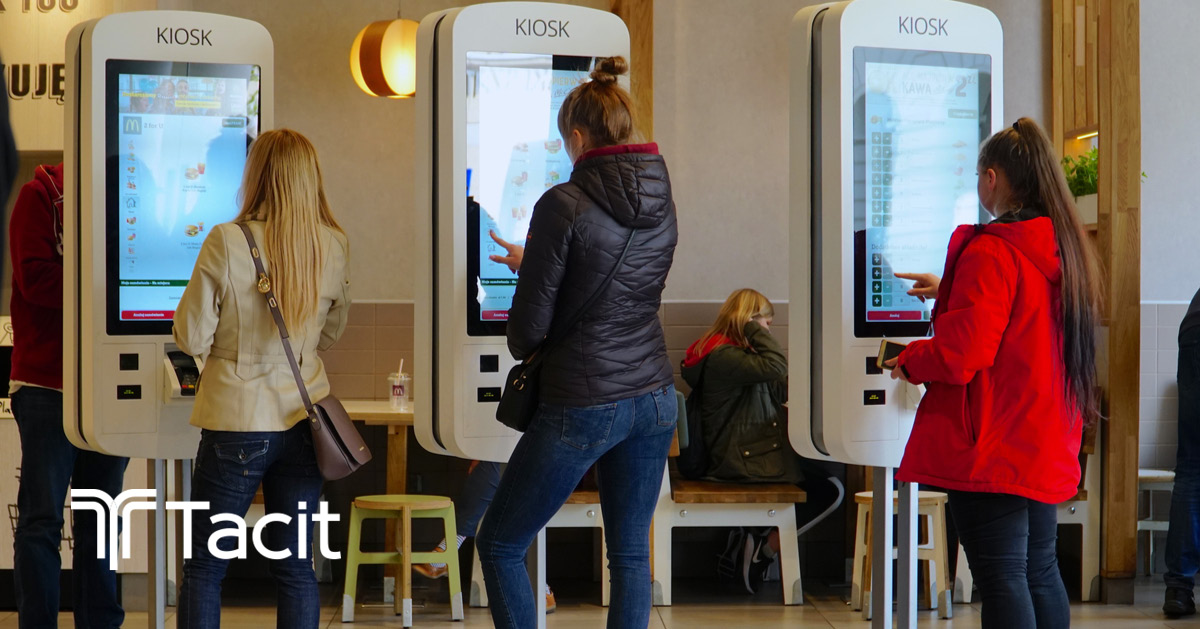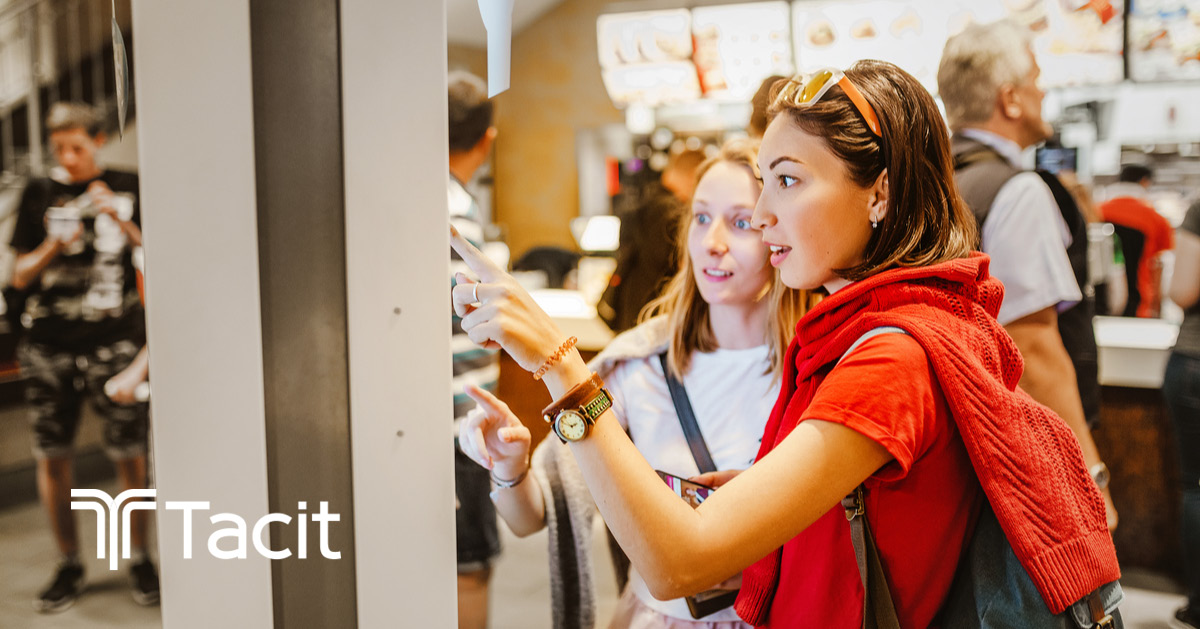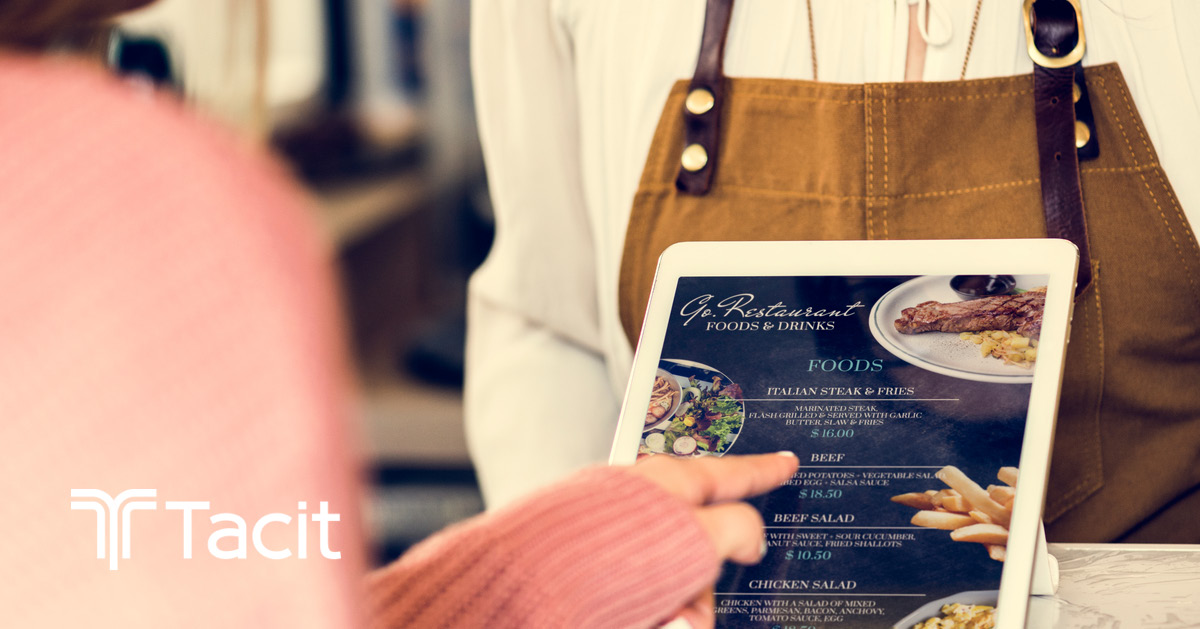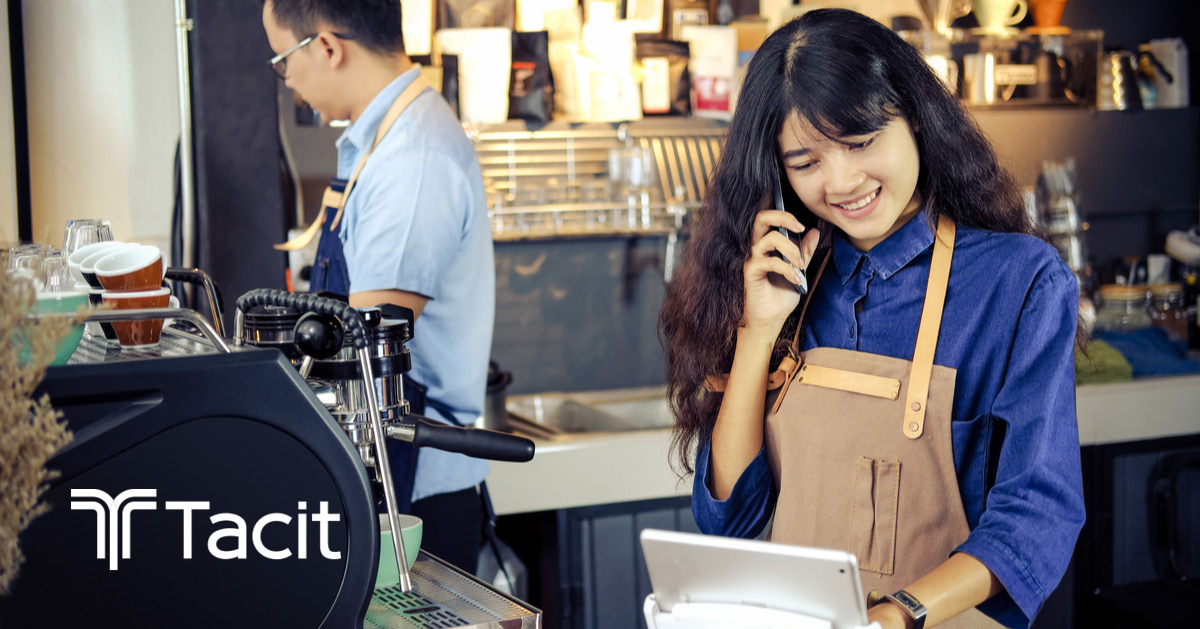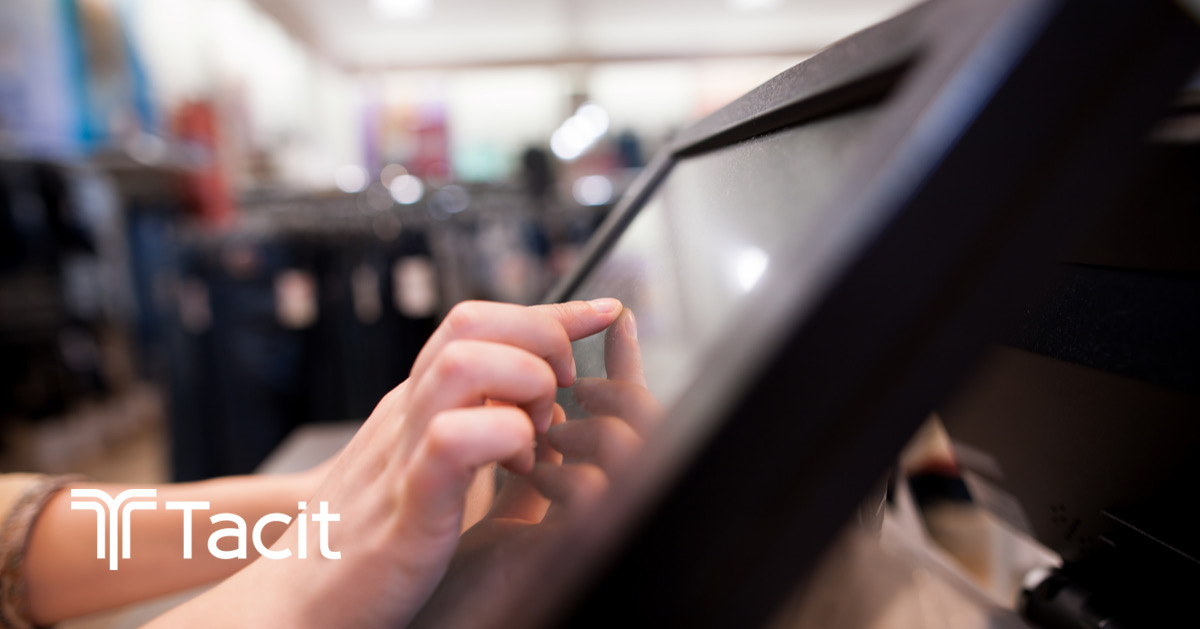17 Oct Benefits of Integrating Online Catering Ordering Into Your Omnichannel Approach
Modern restaurateurs have experienced a significant problem—shifting consumer behaviors. In the contemporary, omnichannel-restaurant world, convenience is king. Failure to understand how customers' preferences and actions affect ordering decisions will lead to lost opportunities and higher costs. However, the food industry is evolving to offer something...



